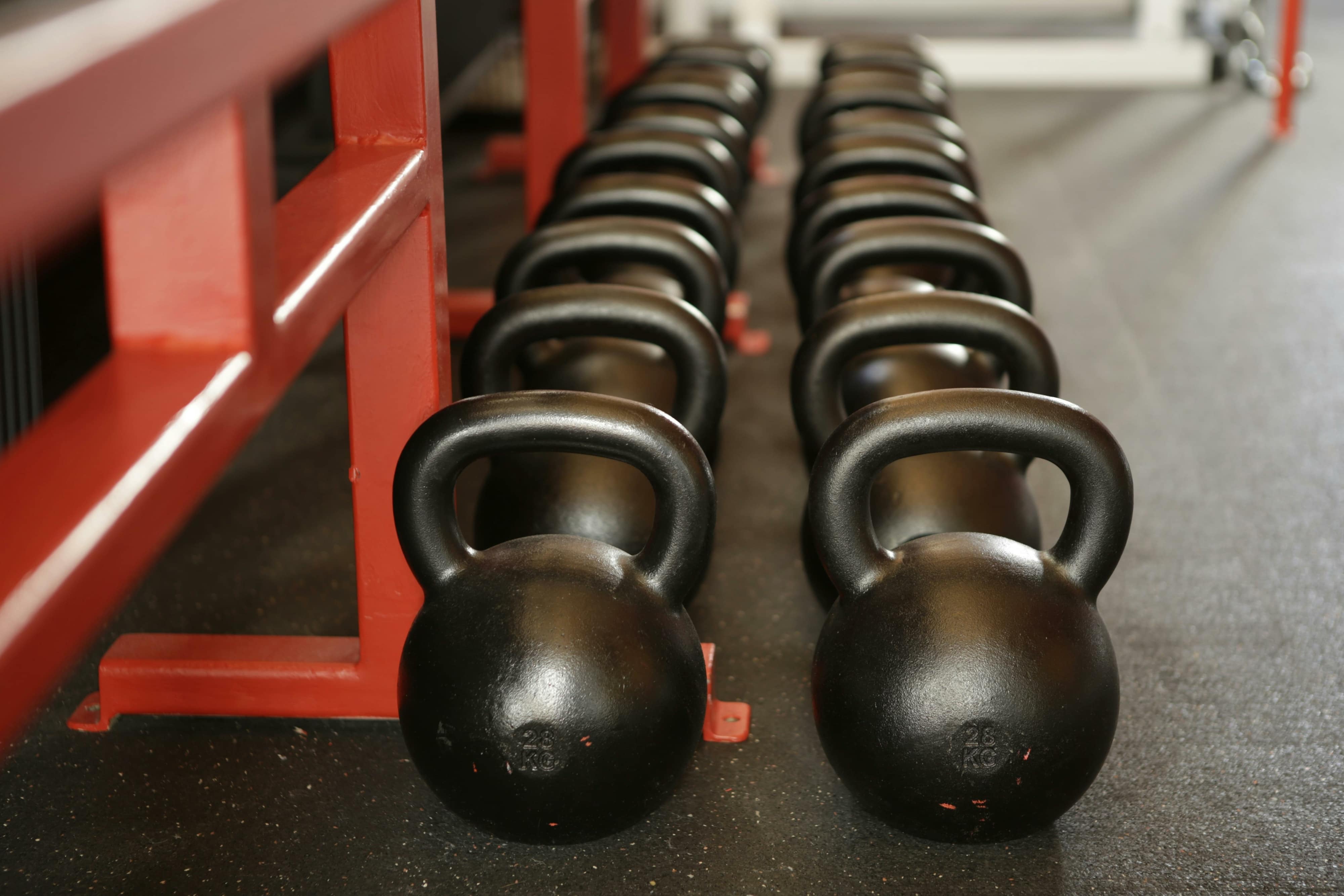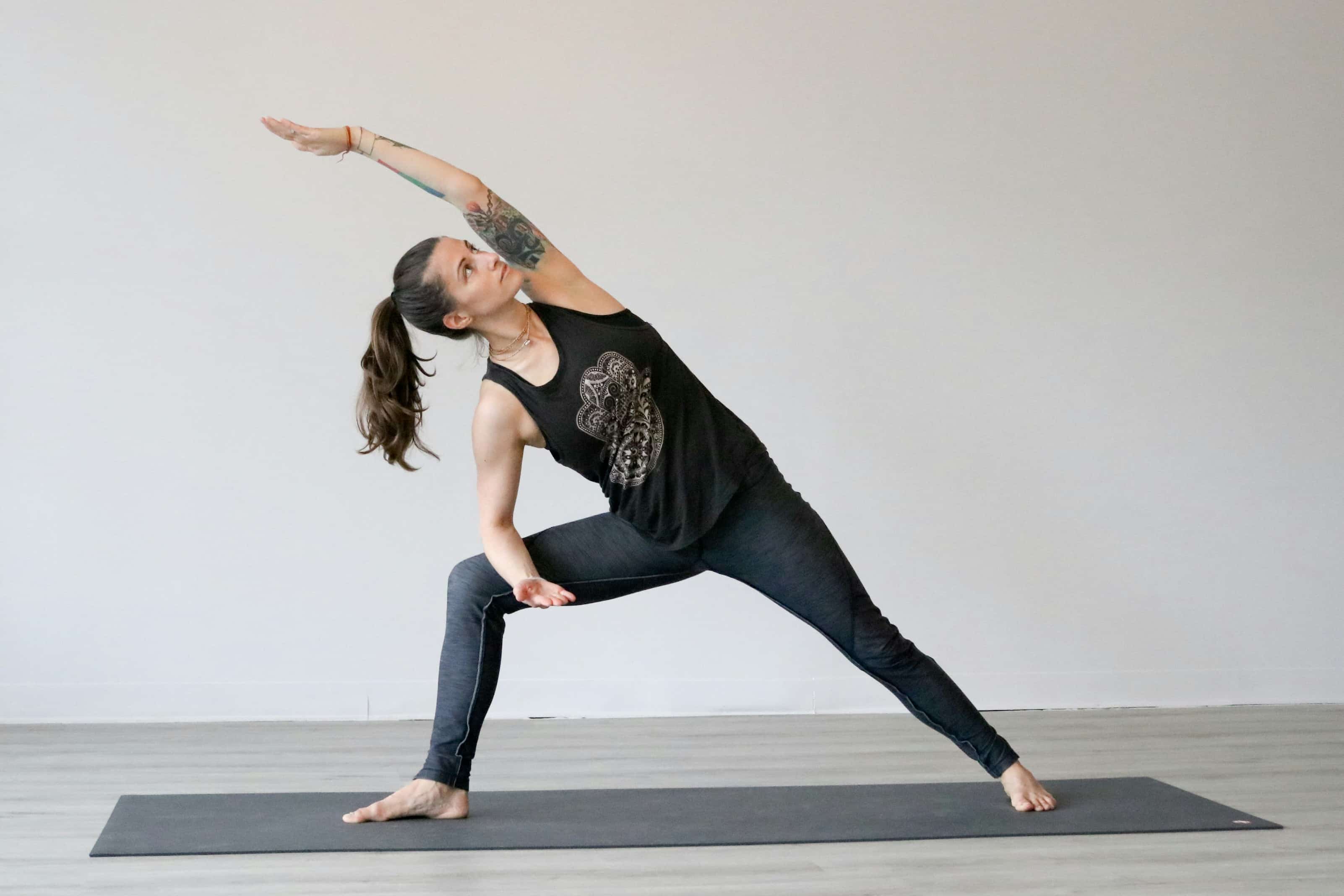Want to fit functional training into the programs you design for clients as a certified personal trainer?
If you have a client who needs to develop balance, improve coordination, or increase strength and endurance, functional training can help. And it’s even more effective when you choose exercises and activities designed to help make your client’s daily life easier and reduce the risk for injuries.
Functional training may not be right for everyone, but it’s clearly a proven and popular way to help people get in shape and stay in shape.
Last year, the American College of Sports Medicine (ACSM) surveyed about 1,800 certified personal trainers and other health professionals about the top fitness trends in the industry. And functional fitness consistently makes the list.
“Functional fitness replicates actual physical activities someone might do as a function of their daily routine,” says ACSM President Dr. Walter Thompson.
Functional Training: Whom Is It For?
In the ACSM survey, trainers and other fitness professionals said functional training is frequently included in programming for older adults. Some health professionals encourage functional training in order to improve mobility and activities of daily living. But there’s even a place for functional training for the average gym-goer or athlete.
5 Ways to Design a Functional Training Program
If you want to design a functional training program for a client, here are a few things to keep in mind to maximize results.
1. Start with an assessment
Functional training is intended to help a person develop strength, balance, flexibility, and coordination to make his or her life easier and to make moving around more efficient. It’s meant to be customized based on the person’s needs.
Find out if your client wants to improve balance and mobility to avoid falling in the shower or if he or she wants to perform better on the basketball court, for example. Get an idea of what his or her daily life is like or what sports or activities he or she is pursuing.
Then conduct a fitness assessment to identify muscle weaknesses and imbalances, strength, balance, flexibility, range of motion, and any existing pain or injuries.
This gives you a chance to get to know your client and collect valuable info to help you design an effective functional training program.
2. Customize
There’s no one-size-fits-all functional training program or prescription of exercises and movements that meets everyone’s needs. Based on the assessment data for your client, be selective about the exercises and movements you include in your client’s program.
Remember—the end goal of functional training is to help your client improve the way he or she moves at home, at work, in the gym, or in his or her particular sport. Choose exercises and movements that reflect your client’s daily activities. For example, the functional movements to focus on are going to be different for an older adult compared to someone new to weightlifting or a client who wishes to improve his or her performance in a specific sport.
There are various resources that you can check out to help you customize training programs, such as the FunctionalMovement.com Exercise Library.
3. Train in all 3 planes of motion
In a typical strength training program, nearly all the movement that happens during exercise occurs in the sagittal plane (e.g., bench press, biceps curl, dumbbell rows, etc.). But to maximize mobility, it’s important to train in all three planes of motion:
- Sagittal
- Frontal
- Transverse
And it makes sense. If you’re simply training to build bigger muscles, isolation exercises will work. But when your goal is to make movement easier and more efficient, functional training should mirror the movements that match up with your client’s daily activities.
That might be twisting, turning, and lifting to pick up a bag of groceries. Or it might be trying to outmaneuver a linebacker on the football field by running, jumping, and rapidly switching directions.
When you choose a set of functional training movements for your client, look for ways to use a multiplanar approach.
4. Strengthen the posterior chain
Did you know that about 80 percent of adults will experience back pain at some point in time?
For at least 31 million people, lower back pain is a chronic condition, according to the American Chiropractic Association. Back pain is also one of the most common reasons people miss work.
Fortunately, functional training can help strengthen the back and posterior chain muscles and reduce the risk for injury. And that’s important whether your client is an older adult, athlete, office worker, or busy parent.
Choosing the right movements and exercises can help strengthen the lower back, glutes, hamstrings, and rear deltoids; improve posture; and even treat lower-back pain. When you design a functional training program, select movements that will engage these muscles.
5. Improve core strength
What’s the primary purpose of the core muscles? Stabilize the spine. Whether you’re sitting at your desk or trying to set a personal record for deadlifting, core strength is critical to effective movement.
When you design a functional training program for a client, make sure it includes movements and exercises to stabilize the core like planks, lunges, squats, glute bridge, and side planks. As your client grows stronger, progress these exercises to make them harder and more effective at building and maintaining core strength.

The Essential Business Course for Health and Wellness Entrepreneurs
Gain the skills needed to build and run a thriving, lucrative health and wellness business.



